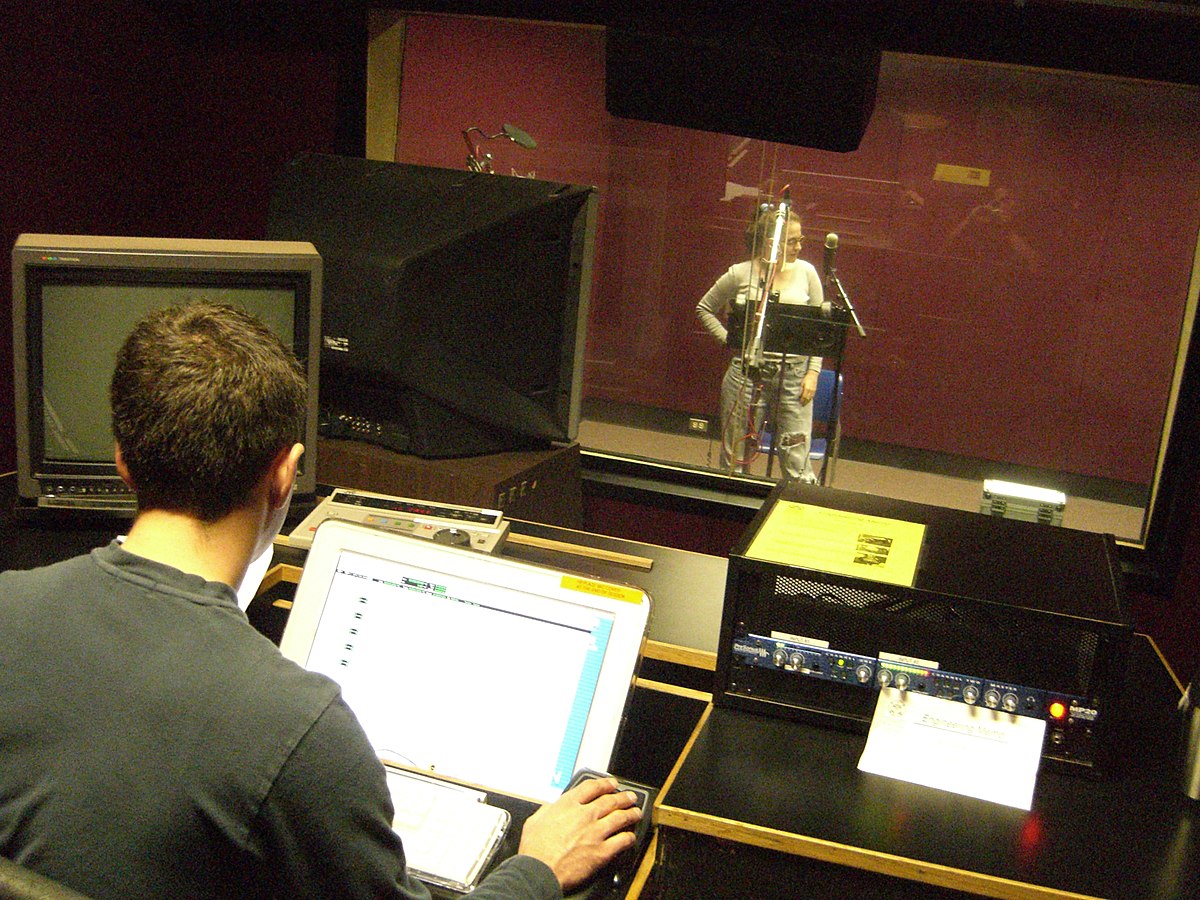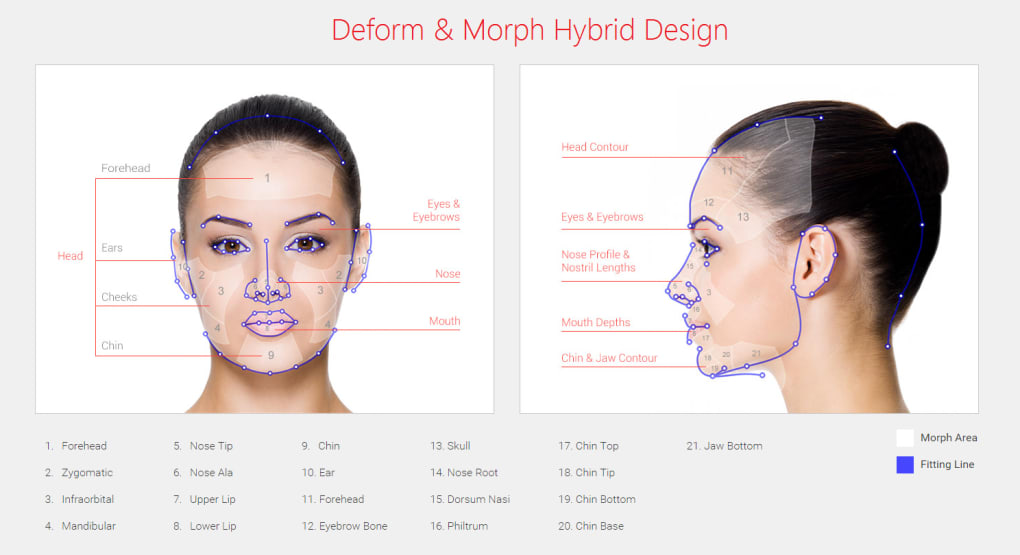Automated Lip Reading Software Download

Automated Lip Reading Software Download
Nov 21, 2016 - Lip-reading is notoriously difficult, depending as much on context and knowledge of. And it's not hard to imagine potential applications for such software. Group, arXiv, “The Challenges and Threats of Automated Lip Reading”). I put together our daily e-mail newsletter, The Download, from my base in.
Simple program, very similar to old versions of Magpie. JLipSync hasn't been updated in a very long time, but it seems to work great if you download the correct package. The 'jLipSync_0.9_complete.jar' download that is currently linked to on the main page does not work, but I downloaded 'JLipSync0_9_source.zip' from Files/JLipSync Source/JLipSync 0.9 and I was able to run it without problems by double-clicking on JLipSync.jar. Seems to work on both Mac OS X and Windows.
i think that maybe there should be different facial expressions. along with that, there should also be an option to import png. files of your own mouths, and a zipped folder with all the default lips. i do however greatly appreciate how you can export it as a timeline for adobe AE, the same way magpie does.
Doesn't start on a fully updated MacMini1,1.
It is possible for JLipSync to implement these Techniques? And allow manual editing of the results? 'Automated Lip-Sync: Background and Techniques' http://scribblethink.org/Work/lipsync91/lipsync91.pdf
| Automated CCTV lip reading is challenging due to low frames rates and small images, but the University of East Anglia is pushing the next stage of this technology |


Scientists at the University of East Anglia in Norwich, England, are working on the next stage of automated lip reading technology that could be used for deciphering speech from video surveillance footage.
The visual speech recognition technology, created by Dr. Helen Bear and Professor Richard Harvey of UEA’s School of Computing Sciences, can be applied “any place where the audio isn’t good enough to determine what people are saying,” says Dr. Bear.
Training System To Recognize Lip Movements
She says that unique problems with determining speech arise when sound isn’t available – such as on CCTV footage – or if the audio is inadequate and there aren’t clues to give context to the conversation. The technology can also be used where there is audio but it is difficult to pick up because of ambient noise, such as in cars and aircraft.
The technology uses deep neural networks that “learn” the way people move their lips, explains Professor Harvey. Researchers “train” the system using one person’s lip movements, then test it on another person’s lip movements. The team has a database of 12 people at the moment, using a list of around 1,000 words. This produces a success rate of 80 percent with a single speaker, and 60 percent with two different speakers. An element of language modeling is also used to train the computer to recognize the context of words spoken.
Challenges Of Lip Reading CCTV
“Lip-reading is one of the most challenging problems in artificial intelligence, so it’s great to make progress on one of the trickier aspects, which is how to train machines to recognize the appearance and shape of human lips,” says Harvey.
They make your online experience easier by saving browsing data. How cache & cookies work • Cookies are files created by sites you visit. Teri hai zameen tera aasman instrumental. • Some sites can seem slower because content, like images, needs to load again.
“CCTV is still a challenge – there’s lots of stuff working against you. For example, on most CCTV footage the lips are quite small and frame rates are low. But an easier application could be, for example, to enhance messages sent over radio by a security guard.”
Of course, most CCTV systems do not include audio, in part due to privacy and data protection laws, which tend to limit the use of audio except in specific circumstances.
The research was part of a three-year project and was supported by the Engineering and Physical Sciences Research Council. The research paper, Decoding Visemes: Improving Machine Lip-Reading, was presented at the IEEE International Conference on Acoustics, Speech and Signal Processing in Shanghai last month.
Download PDF version